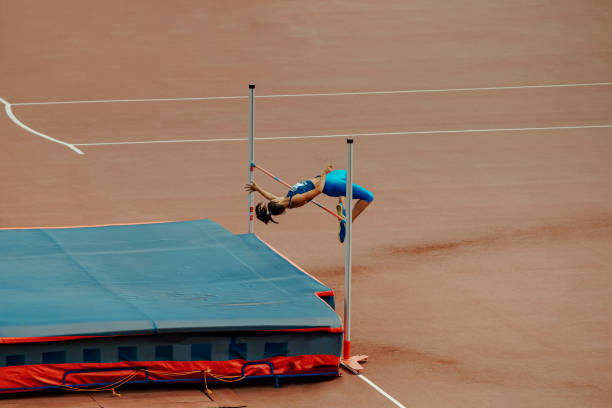Unraveling the Intricacies of the Fosbury Flop
The world of sports is an eternally evolving arena, with new techniques and strategies sprouting up regularly. One such development that revolutionized the sport of high jump is the Fosbury Flop. Named after its pioneer, Dick Fosbury, this innovative style has become the gold standard for high jumpers around the globe.

In the late 1960s, Fosbury challenged the conventional straddle and scissor techniques used in high jump with his unique approach. Today, we delve into the history of this groundbreaking method, its impact on the sport, and the science that makes it so effective.
The Birth of the Fosbury Flop
The Fosbury Flop owes its inception to Dick Fosbury, an American athlete who dared to break the norm. As a high school student, Fosbury couldn’t perfect the then-popular high jump techniques. His solution was to create a new method, going over the bar back-first and landing on his shoulders and back. Fosbury’s technique was initially met with skepticism, but it was his gold medal win at the 1968 Mexico City Olympics that silenced critics and changed the face of high jump forever.
The Mechanics Behind the Flop
The Fosbury Flop is not merely an arbitrary technique. Its effectiveness can be traced back to physics and biomechanics. In essence, Fosbury’s approach exploits the “center of mass” concept. By arching his back and twisting his body while in mid-air, Fosbury could raise his body’s center of mass without requiring significant vertical velocity. This strategy decreases the energy cost of the jump, allowing athletes to clear higher bars without exerting more effort.
Fosbury Flop in Today’s High Jump Scene
Since its introduction, the Fosbury Flop has become the go-to technique for high jumpers. Its dominance is reflected in the increasing heights achieved at international competitions and the fact that nearly all medalists in the past few decades have used this method. The technique has proven its merit by enabling athletes to surpass physical limitations and push the boundaries of the sport.
Challenges and Considerations
Yet, despite its advantages, the Fosbury Flop is not without its challenges. It requires a high degree of precision and body control, making it a complex method to master. Additionally, landing on the neck and shoulders puts a considerable amount of stress on these body parts, raising injury concerns. Therefore, it’s crucial for aspiring high jumpers to learn the technique under expert supervision and maintain a consistent fitness and conditioning routine.
How the Fosbury Flop Changed the Sport
In conclusion, the Fosbury Flop has left an indelible mark on the sport of high jump. It has shattered records, rewritten the rules, and inspired athletes to think outside the box. Its story serves as a testament to the power of innovation in sports, reminding us that sometimes, to reach new heights, we must be willing to take a leap of faith. Just like Dick Fosbury did more than half a century ago.




